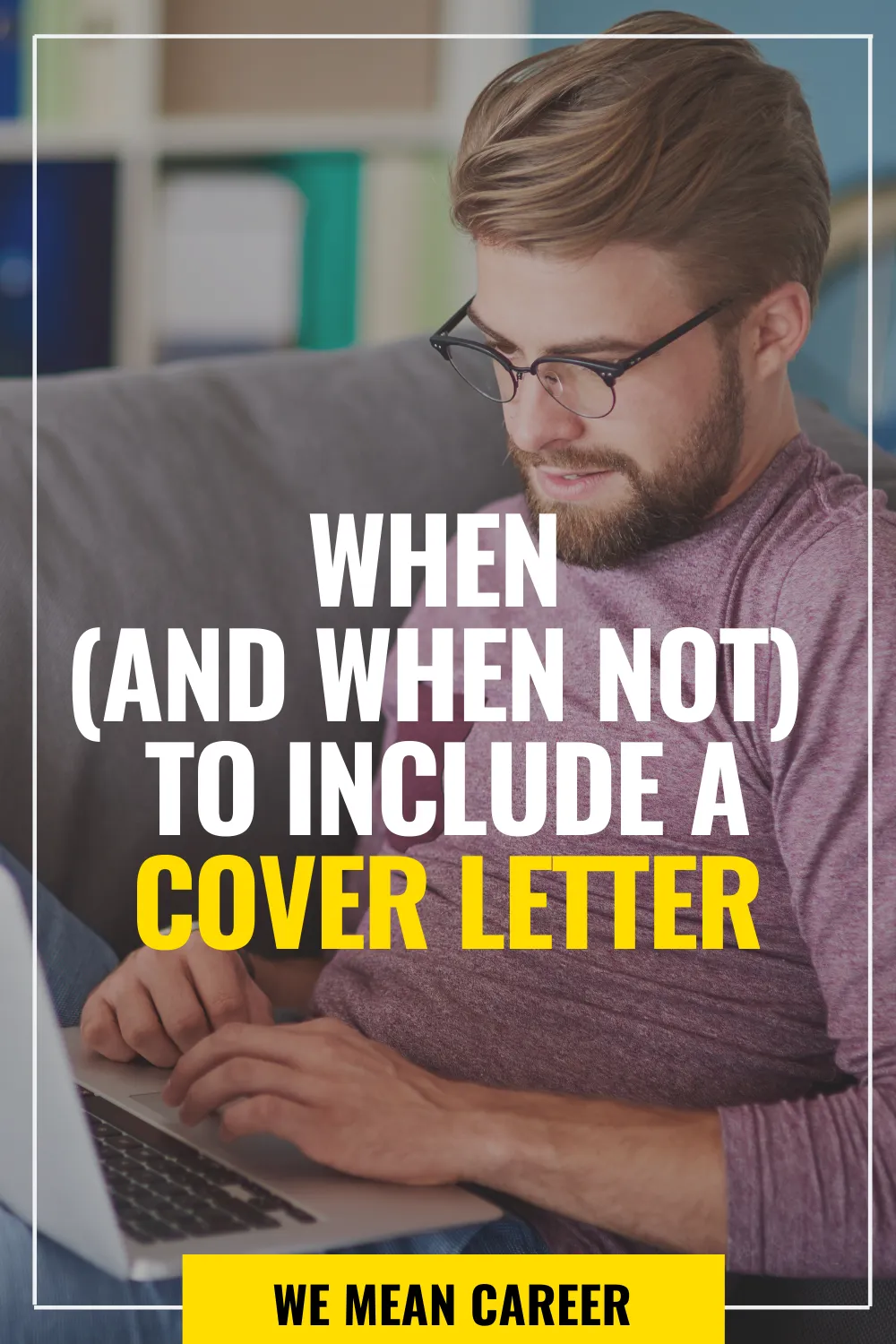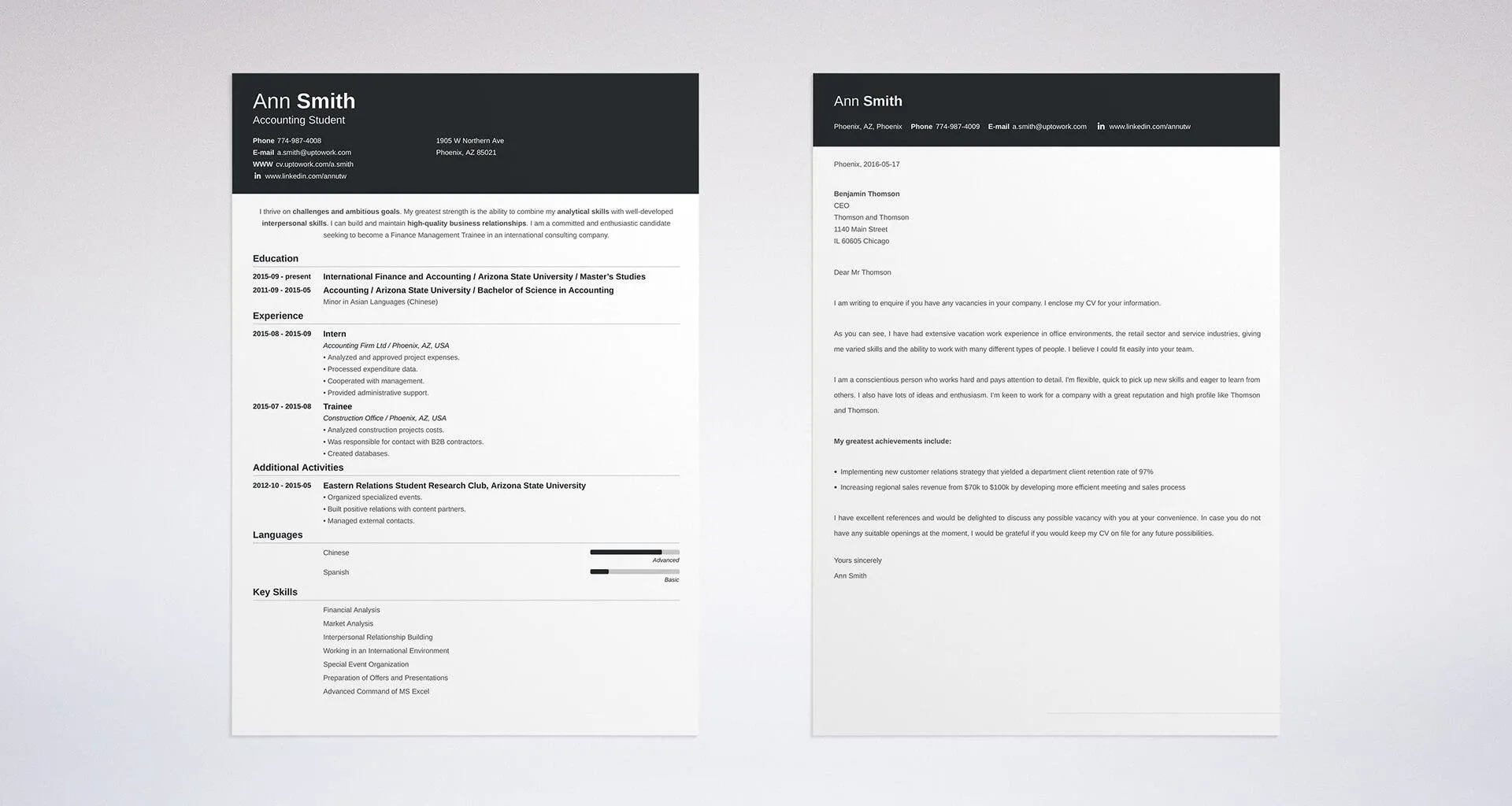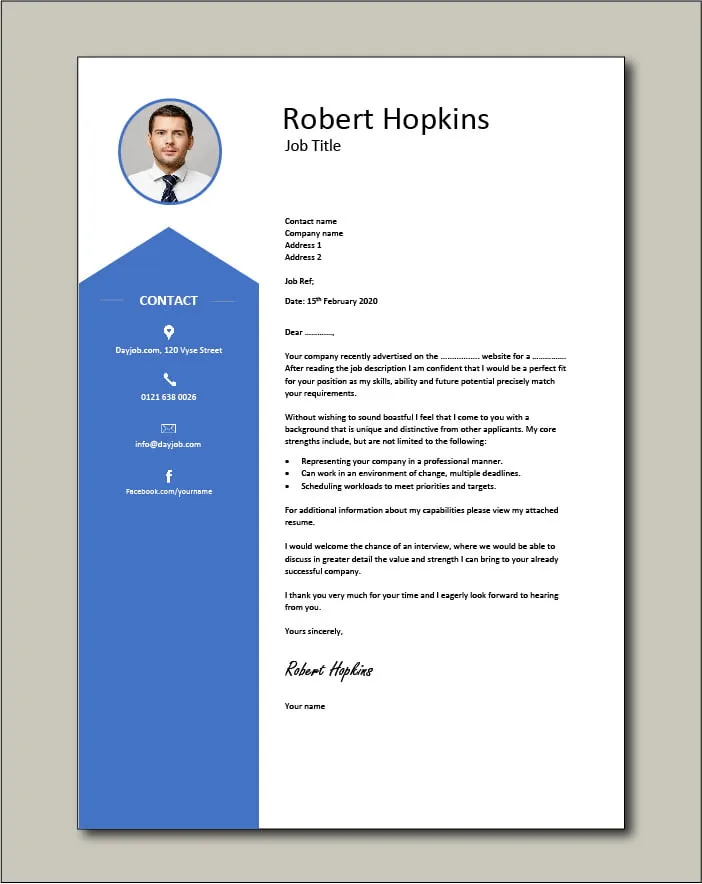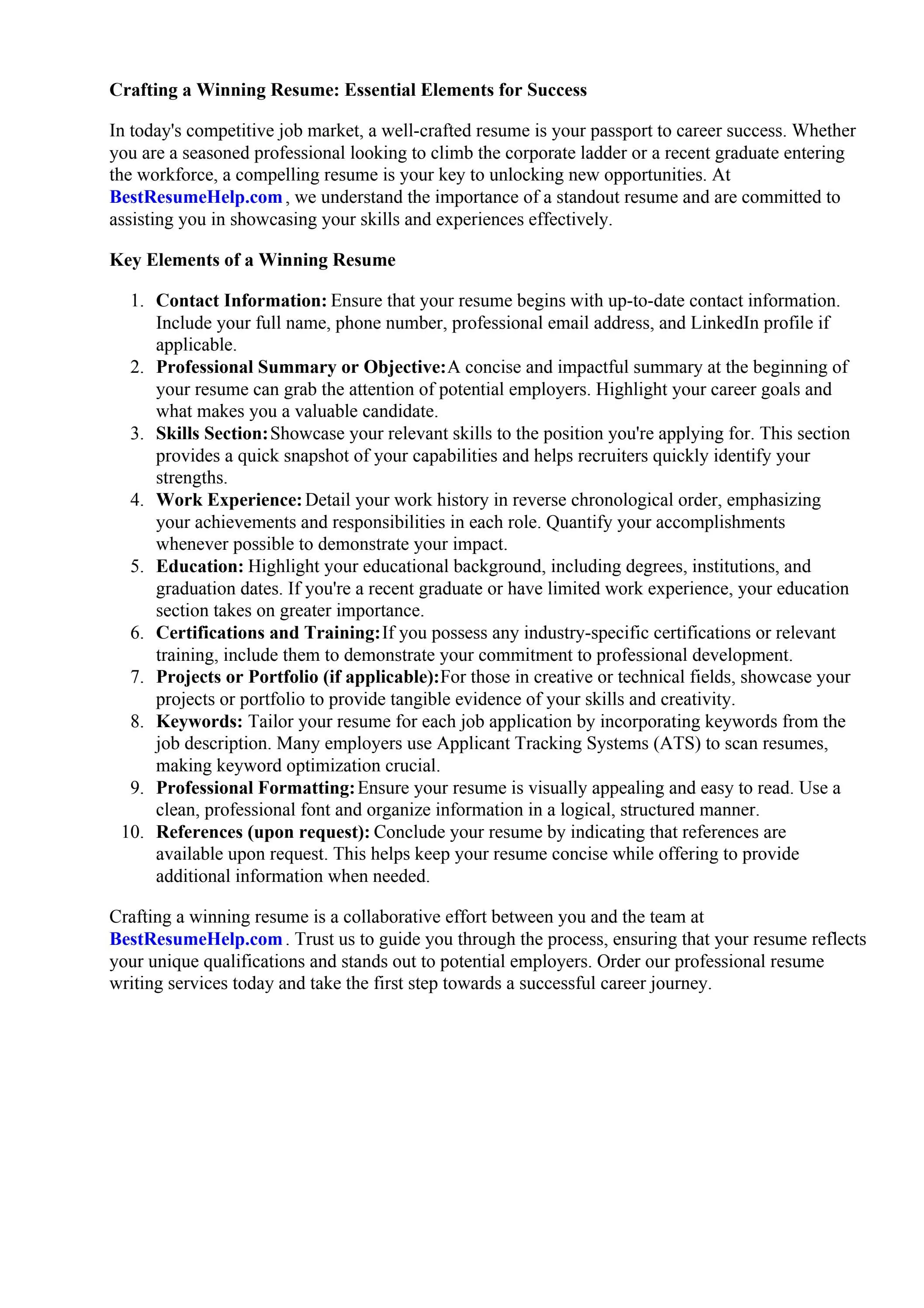Why is a Cover Letter Needed
In the competitive job market, a cover letter serves as your first introduction to a potential employer. It’s more than just a formality; it’s your chance to make a strong first impression and differentiate yourself from other applicants. The cover letter allows you to provide context to your resume, explain your career goals, and showcase your personality. It helps the hiring manager understand your interest in the specific role and the company. Many employers consider a cover letter a crucial component of the application process, and neglecting to include one could mean your application is immediately overlooked. Furthermore, a well-crafted cover letter can highlight skills and experiences that may not be immediately apparent from your resume, adding depth and value to your application.
The Importance of a Cover Letter
A cover letter is a critical tool in your job search, and recognizing its importance is essential for success. It offers a chance to present a narrative that your resume cannot, aligning your skills, experience, and aspirations with the specific job requirements and company culture. By providing a personalized introduction, you can demonstrate your genuine interest in the position and the organization. A compelling cover letter allows you to stand out from a crowd of applicants, setting you apart from those who might submit only a resume. It is an opportunity to emphasize why you are the perfect fit for the role. The letter should clarify any potential gaps in your resume, such as career changes or periods of unemployment, and explain them in a positive light. This helps build trust and presents a complete picture of your professional journey. By taking the time to write a thoughtful cover letter, you increase your chances of getting an interview and ultimately landing the job.
What to Include in a Cover Letter

Crafting an effective cover letter involves including specific elements that showcase your qualifications and express your interest in the position. Begin by addressing the hiring manager directly by name. It sets a tone of personalization that demonstrates your attention to detail. Next, state the specific role you are applying for, and mention where you saw the job posting. This shows your proactive approach to the job search. Highlight the key skills and experiences that make you a strong candidate. The skills should align with the job description’s requirements. Provide brief examples of your accomplishments and how they relate to the role. It is important to show, not just tell, by providing concrete evidence of your abilities. Conclude by expressing your enthusiasm for the opportunity and your interest in discussing your qualifications further. Include a clear call to action, such as a request for an interview, and thank the hiring manager for their time and consideration.
Your Contact Information
At the top of your cover letter, include your full name, phone number, email address, and optionally, your LinkedIn profile URL or personal website. This information ensures that the hiring manager can easily contact you. Ensure your email address is professional; using a formal or semi-formal address is preferable to one that is too casual or playful. Double-check the accuracy of your contact details, as even a minor error could lead to missed opportunities. Consider using a consistent format for your contact information across your resume and cover letter to provide a cohesive look. It’s a good practice to keep your contact details updated and readily accessible during your job search.
The Hiring Manager’s Name
Addressing the hiring manager by name is an important detail. It indicates that you have taken the time to research the company and the role, showing a level of interest and initiative. If possible, find the hiring manager’s name through LinkedIn, the company website, or the job posting itself. If you can’t find the name, you can use the title of the position, such as “Hiring Manager” or “Recruiting Team.” Personalizing your cover letter helps you stand out from the crowd and demonstrates your attention to detail. It’s a simple step that can leave a lasting impression on the hiring manager.
Why You’re Interested in the Role

Clearly express your reasons for applying to the role, demonstrating genuine interest. Show that you have researched the company and understand its mission, values, and current projects. Explain what excites you about the opportunity, such as the chance to apply your skills or make a meaningful impact. Be specific about why this particular role aligns with your career goals and what you hope to achieve. A clear and compelling explanation of your interest will make your cover letter more engaging. Moreover, it reveals your long-term objectives. This makes your application more memorable and increases the likelihood of securing an interview.
Highlight Your Relevant Skills
Identify the key skills mentioned in the job description and highlight those in your cover letter. Emphasize how your abilities match the requirements of the role. Provide specific examples of how you have applied these skills in the past. Quantify your achievements to demonstrate your impact. If the job requires communication skills, describe how you successfully led a team or resolved conflicts. If it requires technical skills, mention any projects where you used them. Use action verbs to describe your experiences. Use language that is both concise and compelling. It will show the hiring manager what you bring to the table.
Showcase Your Achievements
Instead of merely listing your responsibilities, focus on highlighting your achievements. Use the STAR method (Situation, Task, Action, Result) to structure your examples. Briefly describe the situation, outline the task you were assigned, explain the actions you took, and detail the results you achieved. Quantify your achievements whenever possible by including numbers or percentages. For instance, mention how you increased sales by a certain percentage or reduced costs by a specific amount. This will give the hiring manager concrete evidence of your capabilities. The focus is on demonstrating your value by showcasing your accomplishments, and making a strong impression on the employer.
Keep It Concise and Professional

A cover letter should be concise and easy to read. Aim to keep it within one page, focusing on the most relevant information. Avoid including unnecessary details that could distract the hiring manager from your key qualifications. Use clear and direct language, and keep your sentences brief. Structure your cover letter with an introduction, body paragraphs, and a conclusion. Each section should serve a specific purpose. The goal is to make a positive first impression and to ensure that the reader can quickly grasp your value. A concise cover letter shows that you respect the hiring manager’s time.
Proofread and Edit Your Cover Letter
Thoroughly proofread and edit your cover letter before submitting it. Review it carefully for any typos, grammatical errors, or formatting inconsistencies. Use spell-check and grammar-check tools, but also read the letter multiple times to catch any errors they might miss. Ask a friend or colleague to review your cover letter for a fresh perspective. They may identify mistakes you overlooked. Pay attention to your tone and ensure it is professional and enthusiastic. Proofreading is a crucial step in the job application process. It can make or break your application and ensure you present yourself professionally.
Formatting Your Cover Letter
Your cover letter should be properly formatted to enhance readability and professionalism. Begin with your contact information at the top, followed by the date and the hiring manager’s contact details. Use a professional and readable font, such as Times New Roman, Arial, or Calibri. Ensure consistent font size and spacing throughout your document. Use one-inch margins to create visual space and to prevent your document from appearing cluttered. Use a clear structure with an introduction, body paragraphs, and a conclusion. Proper formatting not only improves readability but also reflects your attention to detail and professionalism.
Proper Font and Spacing

Choosing the right font and spacing is important for making your cover letter easy to read. Select a standard, professional font. Font choices such as Times New Roman, Arial, or Calibri are good options. Use a font size between 10 and 12 points for the body text. Avoid using overly decorative or unusual fonts. The key is to choose a font that is clear, clean, and easy on the eyes. Use single or 1.15 line spacing to provide space between paragraphs. This improves readability and prevents the document from appearing cramped. Apply consistent spacing throughout your cover letter to ensure a professional appearance.
Customizing Your Cover Letter
Customize each cover letter for the specific job you are applying for. Generic cover letters are easily recognizable and may not leave a lasting impression. Research the company and the role to gain a clear understanding of the requirements. Tailor your content to match the specific job description. Emphasize the skills, experiences, and achievements that align with the role. Show how your background and qualifications make you a strong fit for the position. Customization shows your attention to detail, and it also demonstrates your genuine interest in the opportunity.
Tailoring to the Job Description
Carefully review the job description to identify the key requirements, skills, and qualifications. Use the job description as a guide to structure your cover letter. Highlight the specific experiences that align with the role. Use the same keywords and phrases that the employer uses in the job description. This shows that you have understood the requirements of the role. Adapt your tone and language to match the company’s culture. Tailoring your cover letter demonstrates your commitment to the position. You are also showing how you have carefully considered the requirements of the role.
Using Keywords Effectively

Include relevant keywords from the job description throughout your cover letter. This increases your chances of passing through applicant tracking systems (ATS). ATS often scan for keywords. Identify the key skills and qualifications the employer is looking for. Naturally integrate those keywords into your descriptions of your experiences and achievements. Avoid keyword stuffing, which can make your letter sound unnatural and insincere. Focus on effectively communicating your abilities while incorporating the necessary keywords.
Cover Letter Writing Mistakes to Avoid
Many common mistakes can reduce the effectiveness of a cover letter. Recognizing and avoiding these mistakes will strengthen your application. A generic or impersonal cover letter is a common mistake. Tailor each letter to the specific job and company. Typos and grammatical errors can undermine your credibility. Always proofread your letter carefully before submitting it. A lengthy or wordy cover letter can discourage the reader. Keep your letter concise and to the point. Addressing these key points will boost your chances of success.
Generic Cover Letters
Avoid using a generic cover letter that is not customized for the specific job. Generic cover letters show that you have not taken the time to learn about the company or the role. They often fail to make a strong impression. Customize each letter to reflect the specific requirements and details of the job. Highlight the skills and experiences that are most relevant. Make sure to showcase your genuine interest in the role. Personalizing your cover letter is essential for making your application stand out.
Typos and Grammatical Errors

Typos and grammatical errors can create a negative impression of your attention to detail. Always proofread your cover letter carefully before submitting it. Use spell-check and grammar-check tools, but don’t rely solely on these tools. Proofread the letter multiple times to catch errors the tools might miss. Ask a friend or colleague to review your cover letter for a fresh perspective. Typos and grammatical errors can make you appear unprofessional.
Lengthy and Wordy Cover Letters
Keep your cover letter concise and to the point. Aim to keep your cover letter within one page. Avoid including unnecessary details that could distract the hiring manager. Use clear and direct language. Keep your sentences brief, and structure your letter with an introduction, body paragraphs, and a conclusion. A lengthy or wordy cover letter can overwhelm the reader and reduce your chances of being considered. A concise cover letter shows that you respect the hiring manager’s time.
Cover Letter Writing Secrets
Writing an effective cover letter requires attention to detail, thorough research, and a strategic approach. Remember to emphasize the importance of customization, tailoring each letter to the specific role. Focus on highlighting your relevant skills and accomplishments. Also, be sure to keep your letter concise and professional, and carefully proofread and edit before submission. When writing, showcase your genuine interest in the position and the company. Following these steps will maximize your chances of success. By taking the time to write a thoughtful and well-crafted cover letter, you can increase your chances of getting an interview. Good luck!
